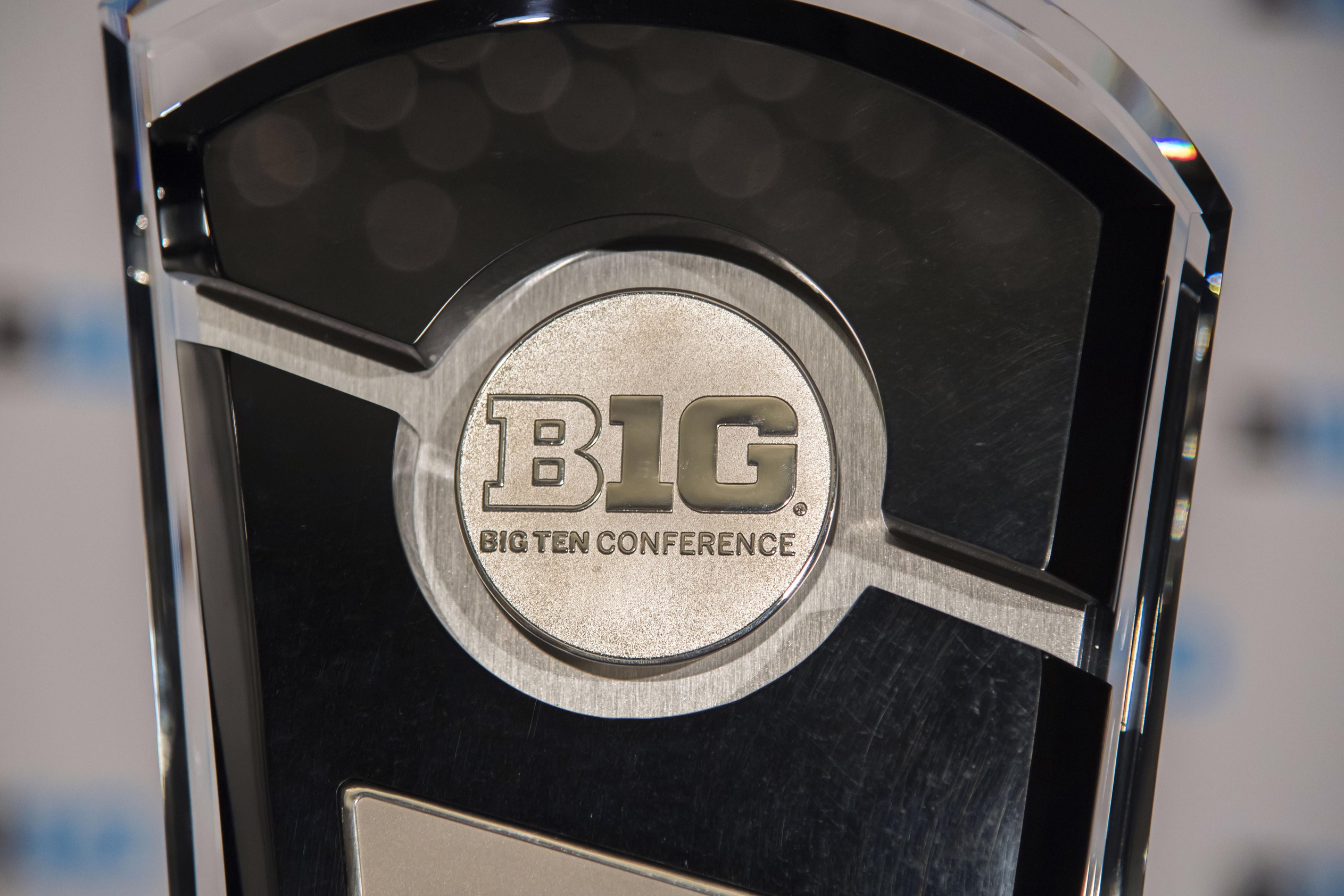Ad Disclosure

There’s a new non-conference scheduling trend that I wonder how B1G teams will react to
In case you haven’t noticed, headliner home-and-home series are all the rage these days.
All the cool kids are doing it — Alabama, Clemson, Florida (!), Florida State, Georgia, Oklahoma, Texas, etc. The last 3 months, this trend has been developing in college football.
Playoff-contending teams — or teams who have at least posed as such for multiple years during the Playoff era — are scheduling these dream home-and-home series that are roughly a decade or so out. And call me crazy, but I don’t think it’s a coincidence.
My theory is simple. At the root of this scheduling boom is the belief that expansion is on the way. Playoff expansion, that is. Remember that the current 4-team Playoff is locked in until 2025. Perhaps that’s why so many teams are lining up post-2025 non-conference headliners.
(Remember when all we talked about was conference expansion? Fun times.)
We’re seeing so many of these games added because if the field is expanded to 8 games as many expect — though Playoff executive director Bill Hancock still says those talks haven’t happened — that’s all the more reason to beef up non-conference schedules.
Teams will be able to make the field with 2 or perhaps even 3 losses. No longer will it be a field of 1-loss or undefeated conference champs. No longer will losing the non-conference headliner put pressure on a team to run the table in conference play. And if you don’t think that’s the case, try and find all the Playoff teams who lost a non-conference game.
Don’t do that. I’ll save you the time. It’s one. That 2014 Ohio State team — the group who many argued should’ve missed out on the Playoff even though it eventually won it all — was the only Playoff team to lose a non-conference game.
Speaking of Ohio State, they’re an important part of this discussion. The discussion worth having is how B1G teams will react to this.

Obviously everyone is different, but B1G teams do all still have the 9-game conference schedule, which is perhaps why there isn’t this same sense of urgency to book future matchups compared to the 8-game conference schedule leagues (ACC and SEC).
While the Buckeyes’ 2019 non-conference schedule looks like one of the nation’s weakest, they already lined up a bunch of future home-and-homes. From 2020-25, OSU will face Oregon, Washington, Notre Dame and Texas (OSU’s 2025 schedule currently includes Notre Dame AND Washington). But after that, the only headliner the Buckeyes have is the latter half of the Texas home-and-home in 2026.
Here’s a look at all the headliner non-conference matchups lined up by B1G schools for 2026 and beyond:
- 2026: Texas vs. Ohio State
- 2026: Oklahoma vs. Michigan
- 2026: Michigan State vs. Notre Dame
- 2026: Tennessee vs. Nebraska
- 2027: Michigan vs. Texas
- 2027: Notre Dame vs. Michigan State
- 2027: Nebraska vs. Tennessee
- 2028: Michigan State vs. Washington
- 2029: Oregon vs. Michigan State
- 2029: Nebraska vs. Oklahoma
- 2030: Oklahoma vs. Nebraska
- 2030: Michigan State vs. Oregon
- 2031: Washington vs. Michigan State
One would look at that and go “yeah, the B1G already beat those other teams to the punch by scheduling these matchups earlier.”
But the 3 B1G teams who have the biggest national brands and who are all but considered preseason top-15 locks (Michigan, Ohio State and Penn State) have a combined 3 headliner non-conference matchups for post-2025 when this current Playoff deal expires. Two of those are from Michigan, 1 is from Ohio State and Penn State doesn’t have any lined up.
I wonder how big they’ll swing because it’s an awkward spot. If the assumption is that every Power 5 team will eventually play 10 Power 5 games, then that puts more pressure on B1G teams to make their non-conference matchup count.
After lining up a home-and-home with Texas, Florida athletic director Scott Stricklin said that 10 Power 5 games was his new goal, which was super interesting considering the Gators haven’t left the state for a non-conference road game since 1991.
Speaking of teams who never play home-and-homes, Alabama’s last non-conference road game came in 2011 against Penn State. From 2022-32, Alabama has 4 different home-and-home series lined up — Texas, West Virginia, Notre Dame and Oklahoma — all of which were put on the calendar in the last 13 months.
If teams that stubborn are elevating their non-conference scheduling, B1G teams can no longer fall back on the belief that they test themselves more than ACC and SEC teams. And trust me, that’ll be brought up by B1G Commissioner Jim Delany at B1G Media Days again after another Playoff-less year for the conference (I don’t think his pending retirement will really factor into how this plays out). In the 4-team Playoff era, the B1G didn’t do itself any favors by going to the 9-game conference schedule when it wasn’t universally agreed upon among Power 5 conferences.
Now seems like a good time for the B1G to get on the same page with the way college football is transitioning. Perhaps the lack of participation in this recent home-and-home craze is due to some B1G athletic directors being hesitant about Playoff expansion. Or maybe it’s a belief that ACC and SEC teams are finally getting on their level when it comes to non-conference scheduling.
Whatever the case, it feels like these two polarizing subjects are closely intertwined as we close out the 2010s decade.
The cool kids appeared to have at least acknowledged that. Let’s see if the B1G’s trendsetters follow suit.
Connor O'Gara is the senior national columnist for Saturday Tradition. He's a member of the Football Writers Association of America. After spending his entire life living in B1G country, he moved to the South in 2015.